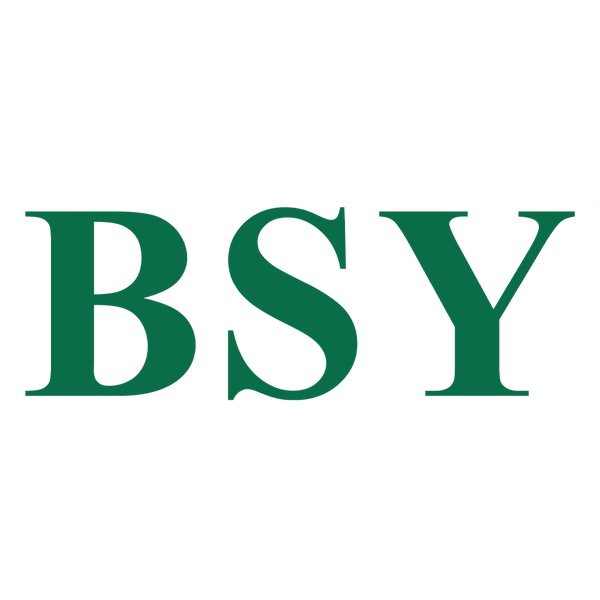Pretty Nails, Pretty Gross

I think I’ve mentioned before, while I love dressing up and have a bit of a shoe fetish, I’m not a girly girl. Growing up on a farm, playing in the barn, riding horses and playing piano meant that my finger nails were not generally a focus. The same holds true to this day. I am generally a naked, short nail girl, but upon occasion I enjoy a manicure and pretty painted nails.
This week happens to be one of those rare occasions. I decided to pamper myself with a mani-pedi. I went for shellac on my finger nails. It’s harder and lasts longer. The problem is that it’s thicker so those tasks you use your finger nails for, like picking popcorn husks out of your teeth, become impossible leaving you suffering with a husk stuck between your teeth or searching around while muttering under your breath looking for the dental floss.
Why am I telling you my woes? Well, I just received my latest copy of the Journal of Hospital Infection and came across an article “Nail microbial colonization following hand disinfection: a qualitative pilot study”. We know that healthcare worker (HCW) hand hygiene is one of the key measures to minimize HAIs. The study investigated the microbial colonization of nails taking into consideration the nail length and the presence or lack thereof of nail polish. The study included 99 HCW (nurses and midwives), 45 of which had natural nails, 44 had varying types of nail polish and of the 99, 40 had long nails. Of interest, HCWs who worked in the surgical units were among the highest to have nails with some form of polish. There was also a correlation between the length of the nail and the use of nail polish – the longer the nail the more likely it was to have nail polish on it. After following proper hand hygiene, the researchers found that the presence of potentially pathogenic microorganisms was correlated with nail length. Also, when HCWs kept longer nails that had UV-cured nail polish (aka shellac) there was a high probability of ineffective hand hygiene being performed.
While most healthcare facilities have policies around the use of nail polish, it is also well known that policing of such policies is not always done. While short, naked nails are preferred and proven to be the easiest to disinfect, this study shows that even if nail polish is used, shorter nails are more important when it comes to performing effective hand hygiene. The study also highlights that UV-cured polish needs to be banned.
Not being a routine polish wearer, I would advocate for short nails and no polish when it comes to HCWs. However, I think I may also expand this to include service providers such as waitresses, chefs, daycare providers, aestheticians etc. Why? Well, if a HCW who has been trained time and time again about the importance of hand hygiene and how to properly perform it cannot keep their long, painted nails free of infection causing bugs then what would we expect to find under the long, painted nails of people who have not had hand hygiene training?
As for me, I’ll keep my UV-cured polish on my nails for the next several weeks, but you can be sure they will be kept short and I will be scrubbing extra hard to keep them clean!
Source - http://talkcleantome.blogspot.com/2018/11/pretty-nails-pretty-gross.html

